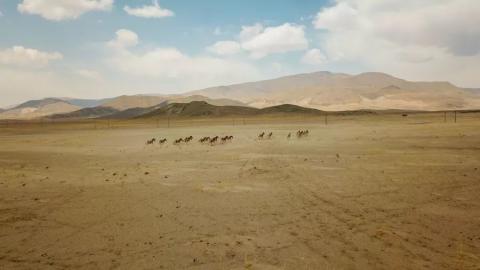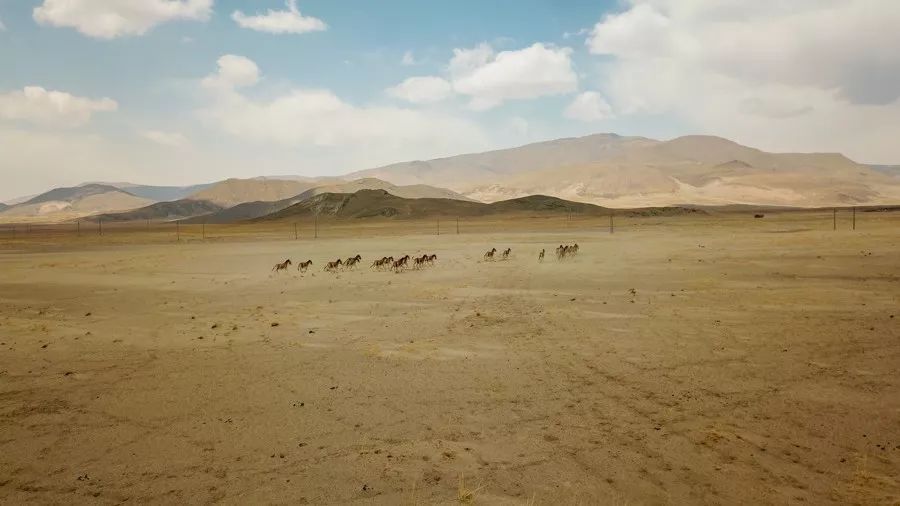
On May 28, 2018, we entered the Ali area, which is sparsely populated and has few vehicles. We often feel lonely. Fortunately, the scenery outside the window dilutes this mood.






On May 29, we arrived in Alipuran County, an ordinary border county, but the geographical location of this county made it destined to be extraordinary. The holy mountains Mount Kailash, Namunani Peak, Manasarovar Lake, Xianbolin Temple, Peacock Valley, Kiwu Temple, Kejia Temple, Qugu Temple, etc. are all very representative and influential. Especially when Hinduism was introduced to Tibet, it played a key role as a connection and was a strong and colorful touch in Tibetan Buddhism.
There are many explanations for Pulan's name: One is called "Bu Rang", which is recorded in Zhangzhong literature: "Bu" initially refers to the head, and "Rang" refers to the horse; Another one is called "Bu" in Zhang Zhung language. Zhong means "snow" and "rang" means "mountain", which refers to the area surrounded by snow-capped mountains. Tibetan means "one hair becomes a single hair".
Since the county is close to Nepal and India, remember to apply for a border permit if you want to go.




On the way to Pulan, you can see plains, rift valleys, snow-capped mountains, and even glaciers within reach.



The border market in Purang is also very interesting, with merchants from India and Nepal.
The electronic cigarette my husband smoked was spotted by a Nepali businessman, and he wanted to exchange it for a stack of copper bowls. It was very cute.



There are many strange specialties from India and Nepal in this market. Things like the ones above, I really can’t imagine that they have anything to do with seasonings.


There is also this "Alien King Kong" as they call it, which costs 10 yuan each.
Pulan County is located in a mountain depression, with Bald Mountain nearby and snow-capped mountains in the distance.
That night, while we were wandering around the county, we found several caves under a mountain. able obvious I saw many caves, which might have been the temporary residence of monks who came from India a long time ago. But what we saw There are obvious traces of modern human activities, including a stone wall outside the cave that is used to block the wind, and a mountain that was blackened by the fire.



My husband bravely went up to see what was going on, while my friend and I climbed slowly up the mountain. Suddenly several people came out of the cave, they should probably be Nepalese. My husband didn’t know what was going on, so he was afraid of danger, so he shouted to us not to come up yet. At this time, one of them went over to shake hands with her husband, said a bunch of words that could not understand , and then walked around us and went down the mountain.
After that, my husband went directly down the mountain, and we followed him down. My husband said that he saw many people chatting or singing in the cave, and he was still a little frightened by our interruption.
In the end, we didn’t know why they lived here. Looking at the surrounding environment and the caves filled with religious colors always makes people think of bad things.
There are many places to explore around Purang County, such as Kejia Temple, an ancient temple with a long history, an important position, and deified in the hearts of believers. Every year, there are people from the Ali region, Zada, Gar County and overseas Nepal and India. Believers come to worship. They sometimes bathe in Manasarovar Lake to pray for blessings.
Regrettably, during the "Cultural Revolution", the cultural relics and buildings of the temple were severely damaged, some buildings were destroyed, and the statues and murals in the temple were seriously damaged. Originally we wanted to visit, but now tourists are not allowed to enter due to some reasons.
In the early yearsbefore, during the annual pilgrimage, believers from Nepal and India would go all the way over several snow-capped mountains from the port of Purang to China, and then arrive at Purang and Manasarovar (Holy Lake) Mount Kailash (the center of the world in Hinduism). Of course, most people have now switched from walking to flying, especially Indians, who travel by chartered flights.

Indian pilgrims can often be seen in Puran. Due to the improvement of living standards, few people come to Ali from India on foot, and they all use tour groups instead. As the legend goes, they really love taking pictures. We who were sitting in the car watching were forced to pull down the car window and be framed in their mobile phones.
On the 397th day on the road, we stayed overnight in Pulan.
